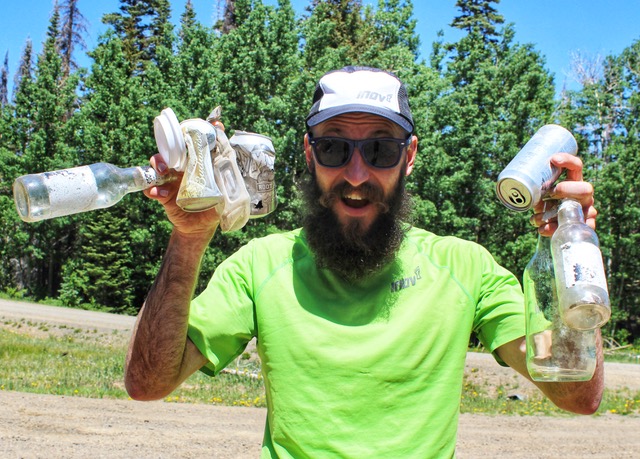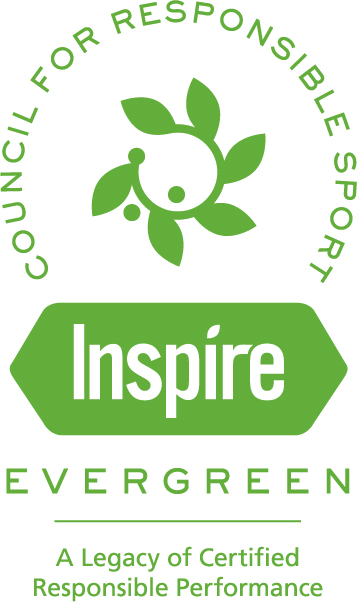CHICAGO – The Bank of America Chicago 13.1 and Council for Responsible Sport announced today the event earned Evergreen Certification, a recognition reserved for sporting events that demonstrate the highest possible commitment to environmental and social responsibility. The Chicago 13.1 debuted in 2022 with the vision to reimagine what running can be in Chicago, offering a weekend of health-and wellness-based activities for participants and community members on Chicago’s West Side.
“The Bank of America Chicago 13.1 is a stellar example of responsible sport,” said Aileen McManamon, lead certifier for the Council for Responsible Sport. “The Reimagine the Run model of bringing the half marathon to a vibrant but overlooked community in the city is definitely a ‘best practice’ case study.”
“Our team is humbled to receive Evergreen Certification from the Council for Responsible Sport,” said Carey Pinkowski, executive race director of the Bank of America Chicago 13.1. “The Bank of America Chicago 13.1 started out as an idea and was brought to life with the support of community members and businesses on Chicago’s West Side. We share and celebrate this accomplishment with everyone who played a role in making this event possible.”
The goal to reimagine running in Chicago has been a critical factor in the development and production of the Bank of America Chicago 13.1. To stay true to this vision, event organizers worked with community members, non-profit organizations and business on Chicago’s West Side to co-create an event experience that is meaningful, beneficial and representative of the West Side. The result is a world-class half marathon that starts and finishes in Garfield Park, the oldest park on the West Side, with a 13.1-mile course traveling through Humboldt and Douglass Parks while traversing the neighborhoods that line the boulevards connecting all three parks. Held in conjunction with the half marathon is a free Race Day Festival for participants and community members featuring a mix of entertainment, health and wellness activities and community activations.
Other examples of the event’s commitment to environmental and social responsibility include:
Support of local businesses: Runners and spectators are encouraged to support the local economy race weekend by visiting and shopping at local businesses. In addition to this, the event prioritized working with West Side businesses, organizations and artists that supported the production of the event and served as vendors and performers during the race weekend festivals.
Composting organic waste: Diverting waste from the landfill is a priority of the event, with compostable materials like food scraps and hydration cups collected by volunteers and picked up by The Urban Canopy, a local compost service. The finished compost was donated to Kuumba Tre-Ahm Community Garden in Garfield Park, where it nourishes the garden beds as a nutrient rich soil amendment. The community garden, named after the sixth principle of Kwanzaa and the owner’s two grandsons, is part of the Garfield Park Garden Network, a resident-led effort to enhance local green spaces and engage more community members in the local food system.
Charity Program: Participants raised more than $150,000 on behalf of nine charity partners that are creating a positive impact on Chicago’s West Side and throughout the city. Each non-profit partner has a focus on empowering youth, advancing health equity and supporting community development.
Offset race weekend travel: In 2023, the Bank of America 13.1 partnered with Native to provide participants with a way to offset emissions from travel to the event. Native met exhaustive environmental standards to be recognized as a certified B Corporation. All proceeds supported Native’s “From Waste to Fuel: Improving Agriculture and Livelihoods in Mexico” project.
Incorporating community input and feedback: Event organizers hosted community engagement meetings leading up to race weekend to hear feedback and ideas directly from West Side residents. These conversations inspired the launch of the 1.31-mile Wellness Walk and youth events during race weekend to offer activities for a wider range of ages and abilities.
The Bank of America Chicago 13.1 is part of the Bank of America Chicago Distance Series, kicking off with the Shamrock Shuffle and concluding with the Chicago Marathon. The commitment to environmental and social responsibility is a key aspect of each event, with each race having received recognition from the Council for Responsible Sport. To learn more about each event’s commitment visit: shamrockshuffle.com, chicago13point1.com and chicagomarathon.com.




















